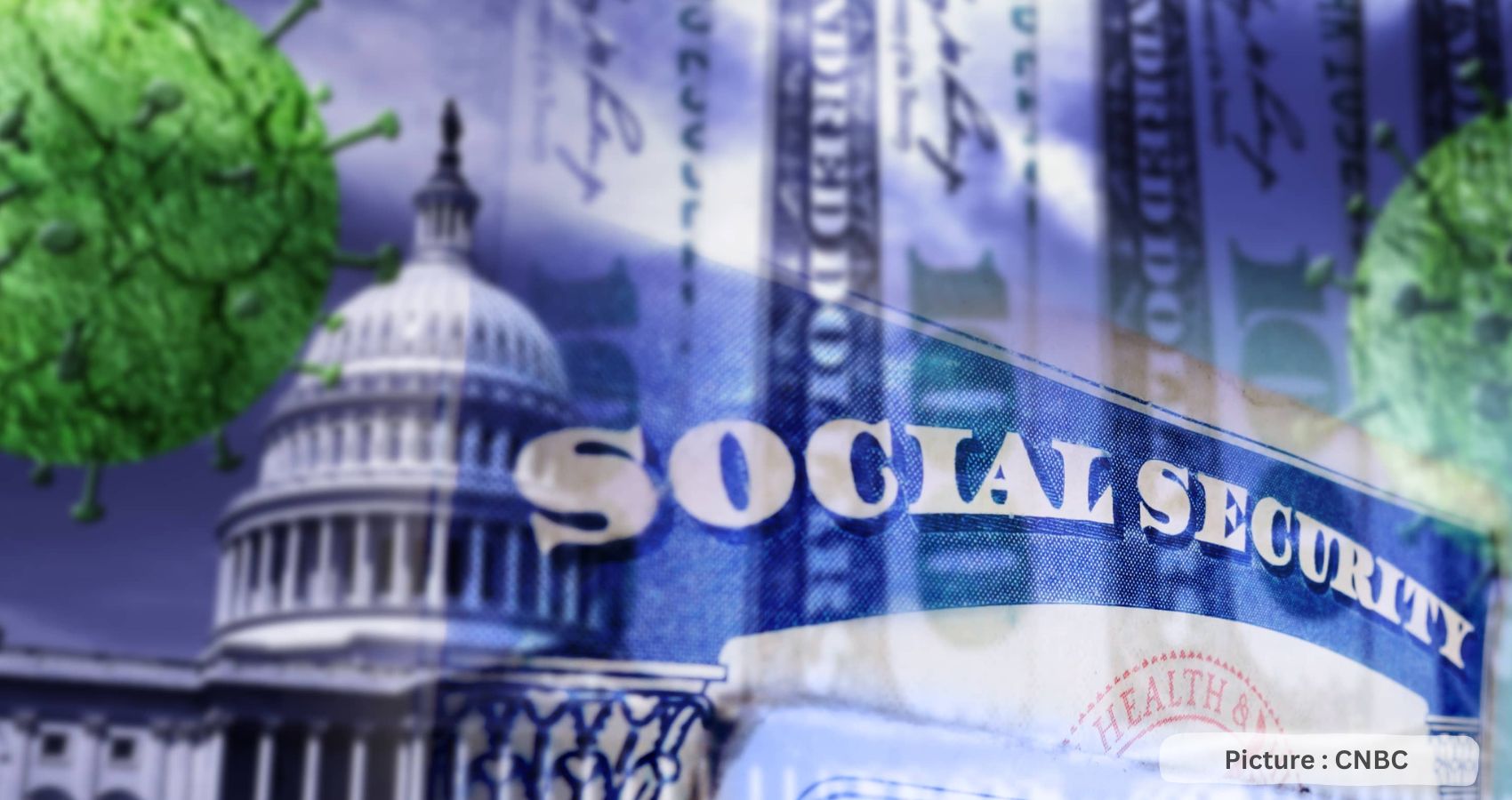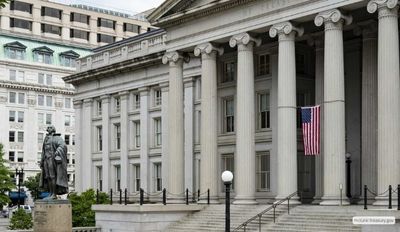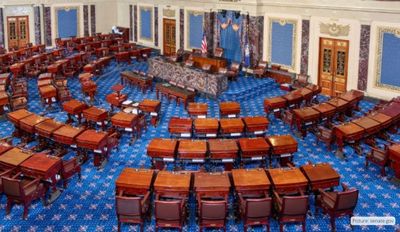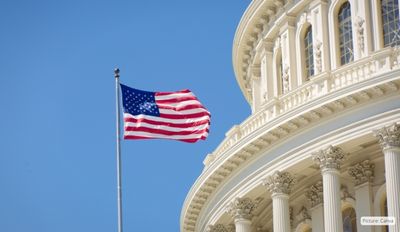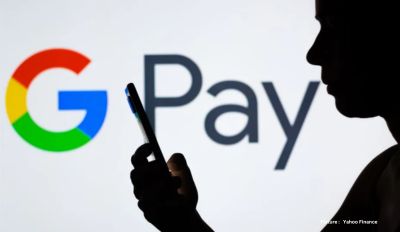There soon may be new retirement rules in place that could make it easier for Americans to accumulate retirement savings — and make it less costly to withdraw them — if lawmakers pass a major spending package this week.
The retirement savings provisions – known as Secure 2.0 – were drawn from a House-passed bill and bills that were passed by two Senate committees.
“[SECURE 2.0] will help increase savings, ensure greater access to workplace retirement plans, and provide more workers with an opportunity to receive a secure stream of income in retirement,” said Thasunda Brown Duckett, president and CEO of TIAA, one of the largest US retirement service providers.
Here’s a look at seven of the provisions in the package, known on Capitol Hill as an omnibus, based on a breakdown from the Senate Finance Committee.
1. Require auto enrollment in 401(k) plans
Most employers starting new workplace retirement savings plans could be required to automatically enroll employees in the plan. (It is currently optional for employers to do so.) It would then be up to the employee to actively opt out if they don’t wish to participate.
The Secure 2.0 provision would require employers set a default contribution rate of at least 3% but not more than 10% for the employee plus an automatic contribution escalation of 1% per year up to a maximum contribution rate of at least 10% but not more than 15%.
The provision would go into effect after December 31, 2024.
2. Allow employer contributions for student loan payments
When you have to pay down student loan debt, it makes it harder to save for retirement. Secure 2.0 would let employers make a matching contribution to an employee’s retirement plan based on their qualified student loan payments. That way, it would ensure that the employee is building retirement savings no matter what.
The provision would take effect after December 31, 2023.
3. Increase the age for required minimum distributions
It used to be that when you turned 70-1/2 you had to start withdrawing a required minimum amount from your 401(k) or IRA every year. Then, the age moved up to 72. Under the Secure 2.0 package, it would move up to 73 starting in 2023 and then to 75 a decade later.
4. Help employees build and access emergency savings
Normally if you tap your 401(k) before age 59-1/2, you must not only pay taxes on that money, but also pay a 10% early-withdrawal penalty.
For employees who are dissuaded from saving money in a tax-deferred retirement plan because they are concerned it would be too complicated and costly to access it for emergencies, Secure 2.0 may assuage that fear: It would let employees make a penalty-free withdrawal of up to $1,000 a year for emergencies. While employees would still owe income tax on that withdrawal in the year it’s made, they could get that tax refunded if they repay the withdrawal within three years.
If they don’t repay the withdrawal, they would have to wait until the three-year repayment period ends before being allowed to make another emergency withdrawal. Enter your email to subscribe to the CNN Business Newsletter.
The provision would go into effect after December 31, 2023.
5. Raise catch-up contribution limits for older workers
Currently, if you’re 50 or older you may contribute an additional $6,500 to your 401(k) on top of the $20,500 annual federal limit in effect this year.
Under the retirement package, instead of $6,500, those aged 60, 61, 62 and 63 would be allowed to contribute $10,000, or 50% more than the regular catch-up amount in 2025, whichever is greater.
The provision would take effect after December 31, 2024.
To help pay for the cost of the retirement package, however, another provision which would go into effect a year earlier would require anyone with compensation over $145,000 to “Rothify” their catch-up contributions. So, instead of making before-tax contributions up to the catch-up limit, you could still contribute the same amount but you would be taxed on it in the same year. Your contribution would then grow tax free and may be withdrawn tax free in retirement. But the federal government would get the tax revenue from the original catch-up contribution up front.
6. Enhance and simplify the Saver’s Credit
An underutilized federal match exists for lower-income earners’ retirement contributions of up to $2,000 a year. The new package would enhance and simplify the so-called Saver’s Credit so more people could use it. Eligible filers (e.g., married couples making $71,000 or less) could get a matching contribution from the federal government worth up to 50% of their savings, but the match cannot exceed $1,000.
The provision would go into effect after Dec 31, 2026.
7. Make it easier for part-time workers to save
Part-time workers currently must be allowed to participate in a workplace retirement plan if they have three years of service and work at least 500 hours a year. The new package would reduce that service time to two years. The provision would go into effect after Dec. 31, 2024. (courtesy: CNN Business)

